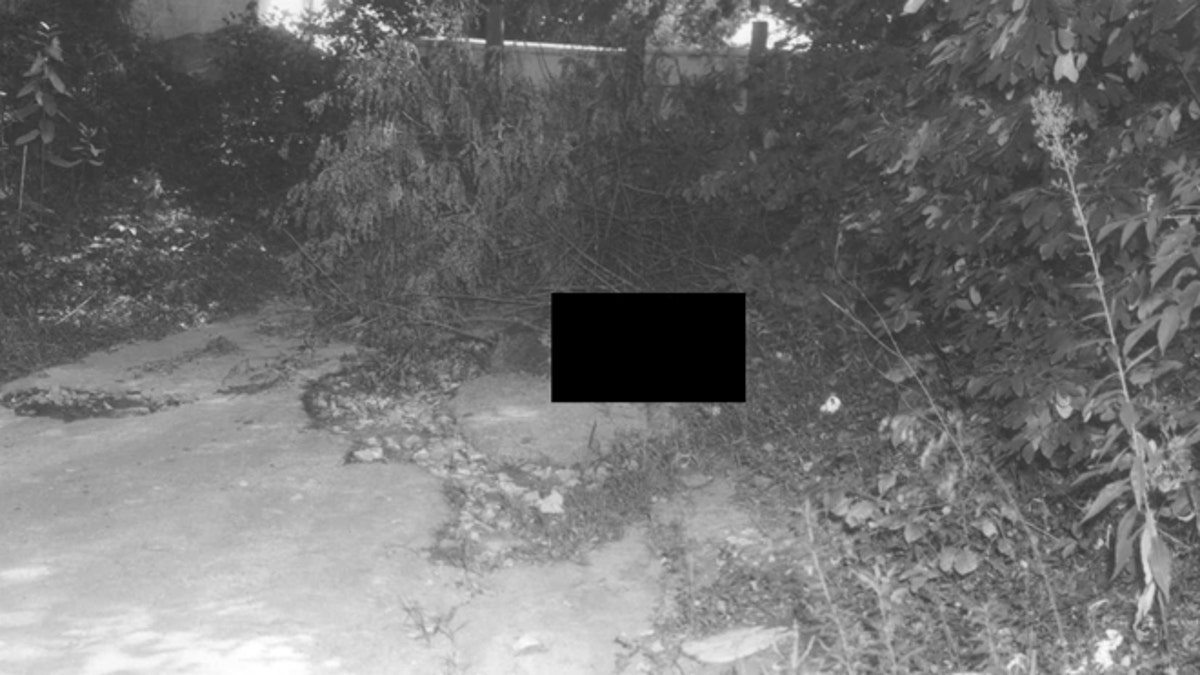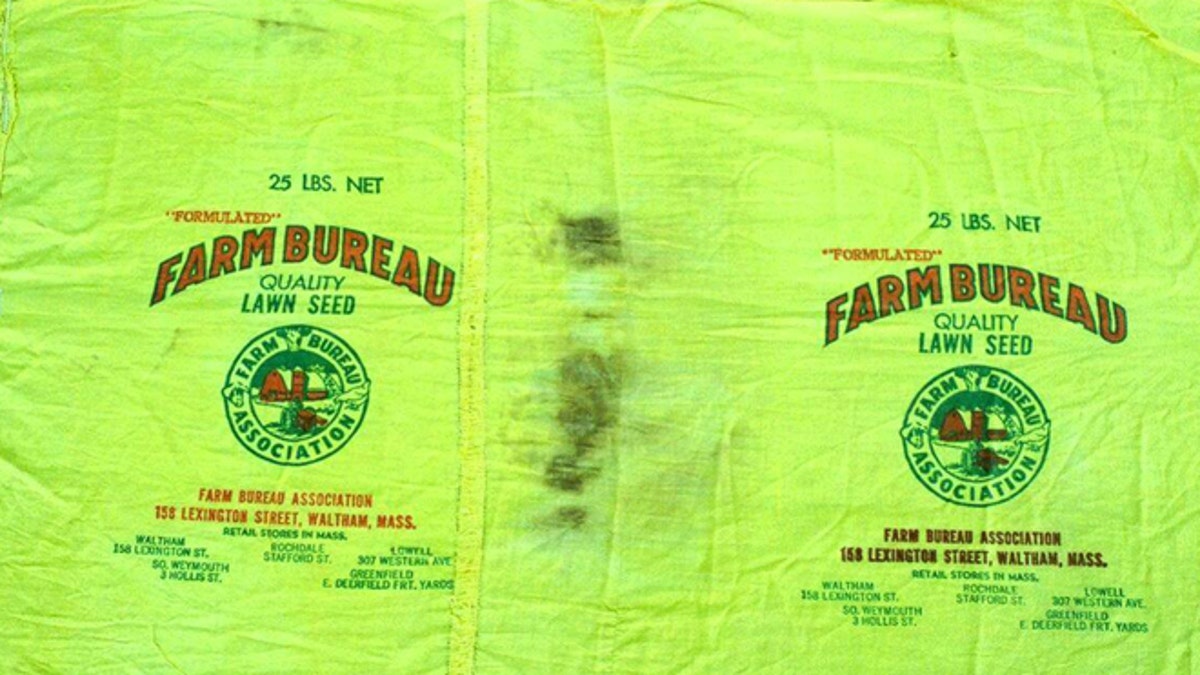
Sketch of Woodlawn Jane Doe by forensic artist. (Baltimore County Police Department)
Tiny particles of pollen may help Maryland cold case detectives crack a young woman’s murder four decades ago.
The breakthrough came in the 1976 Woodlawn Jane Doe case thanks to recently analyzed pollen found on the victim’s clothing that suggests she is from Boston, WJZ-TV reported Saturday.
The analysis determined the pollen, a blend of cedar and mountain hemlock, was linked to the Arnold Arboretum in Boston.

(Woodlawn Jane Doe crime scene photo. Baltimore County Police Department)
“We found the mountain and hemlock cedar plant, and it still has the tag on it from when it was planted in 1969,” Baltimore County Police Det. Dave Jacoby told the station.
In December, Baltimore County detectives distributed flyers in the Boston neighborhoods where Woodlawn Jane Doe may have lived.
Prior to the visit, they got a name from a tipster, leading them to believe she and her family moved to Boston from Puerto Rico when she was little, attended a Catholic elementary school and disappeared when she was 15.
Case detectives have not been released the name, citing the ongoing investigation.
The young woman was drugged, raped and strangled. The body was discovered on Sept. 12, 1976.
WJZ reported the victim’s neck and hands were bound and a white sheet was wrapped around the body which was dumped near a cemetery in Woodlawn.
According to the station, farm seed bags tied around her head were manufactured in Massachusetts—another clue for detectives that she may have come from Boston.

(Crime scene evidence in Woodlawn Jane Doe case. Baltimore County Police Department)
“I think there is someone out there that knows who this young lady is,” Jacoby told WJZ. “I think there’s someone who knows who is responsible for disposing of this body.”

